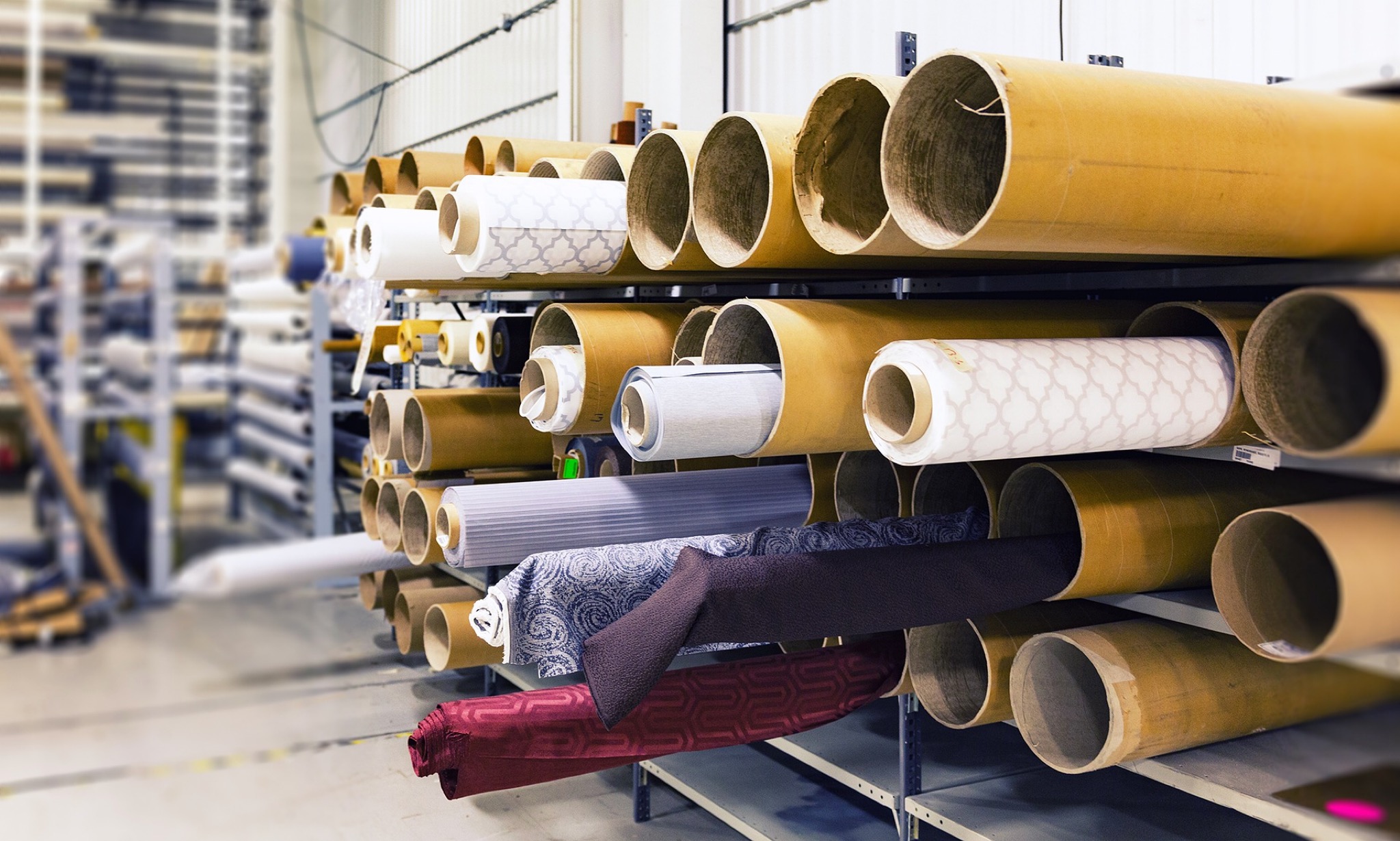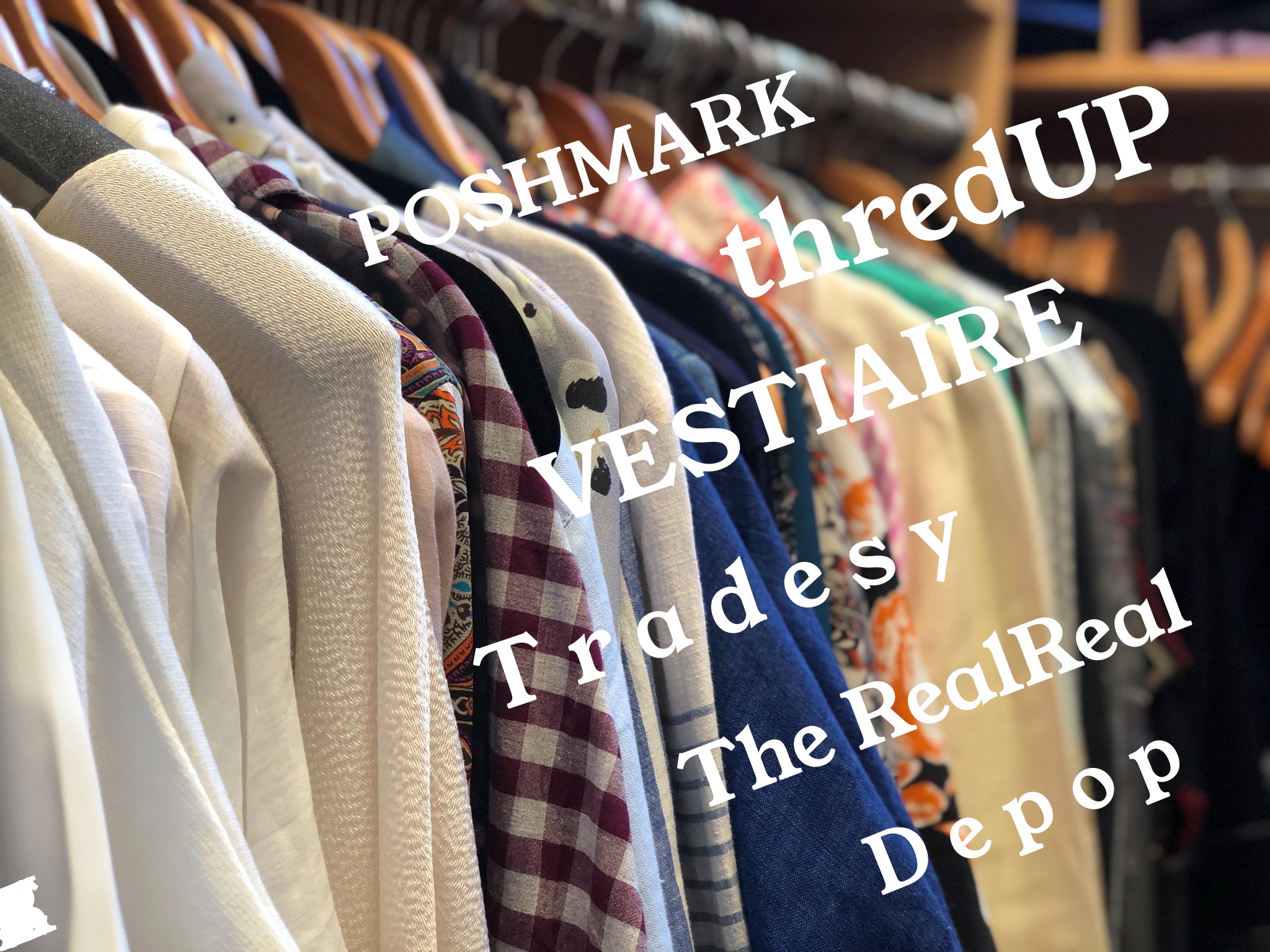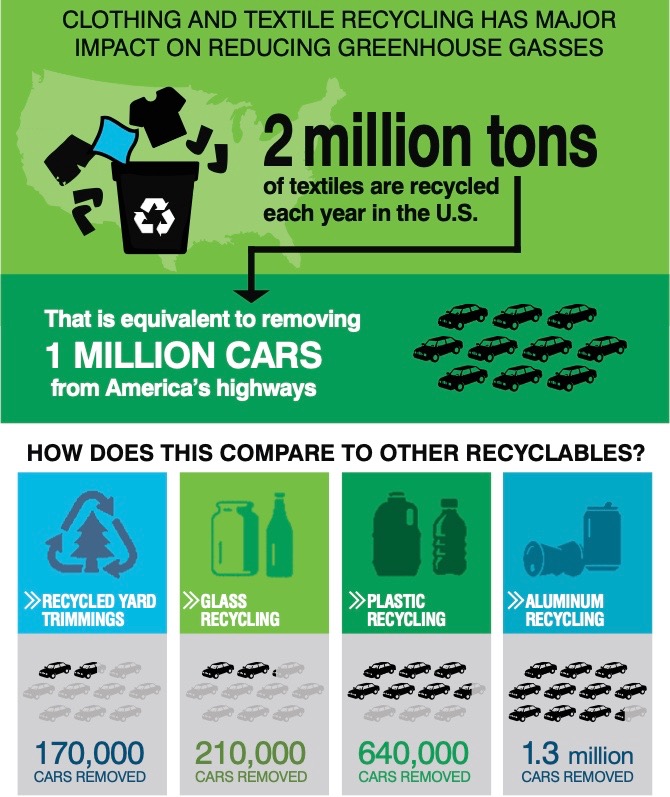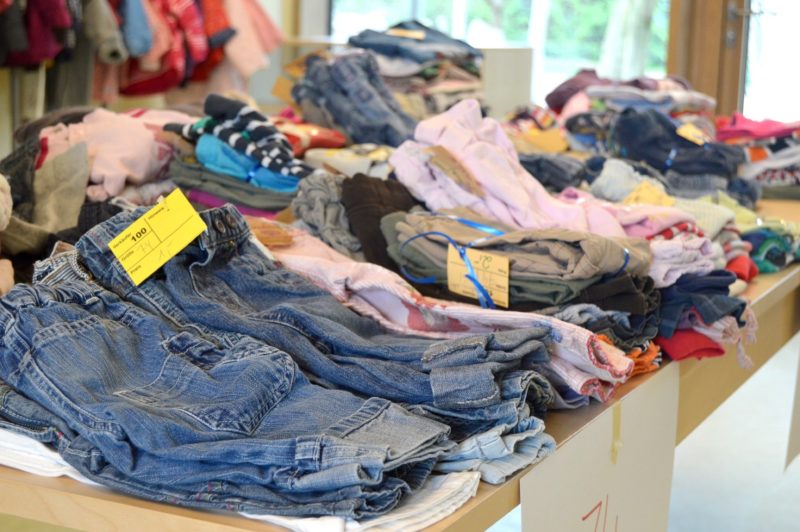Growing up with two older sisters, I was intimately acquainted with hand-me-down clothes. While I may have grumbled about wearing “used clothes” occasionally (more so, according to my mother), I didn’t consider it unusual. The expectation back then was that clothes lasted for years, and I accepted the concept of “reusing” old, used clothes. I even wore a few pieces that had been my mother’s when she was a child!
Today, however, we have fast fashion, an industry that has completely transformed our views on clothing. Instead of treating clothes as durable, reusable items to be worn for years, we’re now encouraged to buy clothes more frequently and toss them after just a few uses. Indeed, fashion is poised to join the food and beverage industries as a sector that promotes convenience-frenzied, single-use products.
What’s the Problem?

So what’s the problem? After all, fast fashion is an affordable way to enjoy the latest styles and trends. What’s wrong with that?
The environmental costs of the current and ever-expanding fashion industry are significant. This industry is responsible for around 10% of global greenhouse gas emissions, consuming large amounts of natural resources in its linear approach to production and manufacturing. According to a study by the Ellen MacArthur Foundation, the fashion industry uses 98 million tonnes of non-renewable resources each year (93 billion cubic meters of water, alone).
Then there’s the waste and pollution. The fashion industry is one of the worst waste perpetrators of any industry with production processes contributing to significant levels of water pollution and plastic ocean pollution.
There’s also waste in consumer use and disposal. Until recently, the fashion industry grew at an impressive clip, with clothing production doubling from 2000 to 2014. And with compressed production cycles, the industry has churned out new, hot trends at a breakneck speed, increasing the number of collections per year from two to as high as 24.
Hmmm… so there’s a rapidly increasing amount of stuff that’s used for a brief amount of time before it’s thrown away. Sound familiar? Just as with single-use food and beverage products, all these trashed threads have to go somewhere. Not surprisingly, the environmental problems are similar to those of other disposable products.
Most used clothes find their way into landfills or are incinerated. According to the EPA, 16 million tons of textiles were thrown away in 2015, with only 15% actually recycled. In fact, a recent report concludes that the apparel industry’s carbon impact is greater than the airline industry’s!
All of these environmental impacts are set within the context of an industry operating model driven to produce more, more, more at an ever-faster pace.
Used Clothes as a Solution

Rethink Those Used Clothes
While the problem isn’t going to go away any time soon, we, as consumers, have the power to help push fashion in a more sustainable direction by refusing to succumb to the industry’s siren call of incessant clothes purchases. Simply put: buy less and “reuse” what you already have in your closet.
Buying less is the most effective way to reduce your environmental impact. So, before you gather up those used clothes to sell, donate, or discard, think carefully about whether you really need to get rid of them. If the dress you bought years ago has sat, unworn, in your closet, then yes, it’s time to part ways with it. But if it’s a beloved sweater that’s simply frayed or has a hole, try repairing it before placing it in the unwanted clothes pile.
The goal is to reduce your overall purchases and reuse what you have, since disposing of old clothes, even in an environmentally responsible way, is never as “green” as simply not acquiring a new item (used or new).
A Sustainable Farewell to Your Used Clothes

Now that your pile of unwanted clothes is a little smaller, dispose of them in a climate-friendly way — by donating, recycling, swapping, upcycling, or if you’re feeling ambitious, composting them.
You can also sell your used clothes, make some money, and help reduce waste. Try your local consignment store or a national resale site, but do the necessary prep work beforehand to ensure a successful sale(s). For a complete guide to selling used clothing and accessories, see Green That Life’s post on the Best Places to Sell Used Clothing.
Buy Used Clothes When Buying New
Ready to add to your wardrobe? Buy used! Not only will your used clothes purchases be sustainable for the planet, but they’ll also be friendly on your wallet.
According to resaler ThredUp, the secondhand clothing market is booming despite gloomy, downward forecasts for overall global fashion industry growth. As the industry responds to consumer demand, the choices and options available for shoppers in the resale market will only expand and be enhanced. A good thing!
Buying New? Buy Better Quality and Handle With Care
If you just can’t find what you’re looking for in the pre-loved stores, invest in new threads that are from sustainable brands and are made from good-quality materials that last. One idea is to create a capsule wardrobe of a few select classic clothing items that you can mix and match.
Whether they’re old or new, treat your clothes with care, washing only when needed, using the cold cycle as much as possible, and using environmentally friendly cleaning products.
Become an Activist With Your Wallet
The good news: Brands are taking notice of the change in consumer attitudes by pledging to adopt more circular design processes (Asos), committing to increase their use of sustainable fabrics (Zara, Adidas, H&M), and eliminating toxic chemicals (Uniqlo). It remains to be seen whether these initiatives are substantive or simply greenwashing tactics, but the demand by consumers for a more sustainable business model is being heard.
Our individual actions – buying less, disposing of unwanted items in an environmentally responsible way, and purchasing from sustainable brands – do make a difference in helping transform our throwaway culture. All those individual actions put pressure, cumulatively, on the industry. Let’s keep working on returning to a lifestyle of treating our clothes as reusable, not disposable, items.









